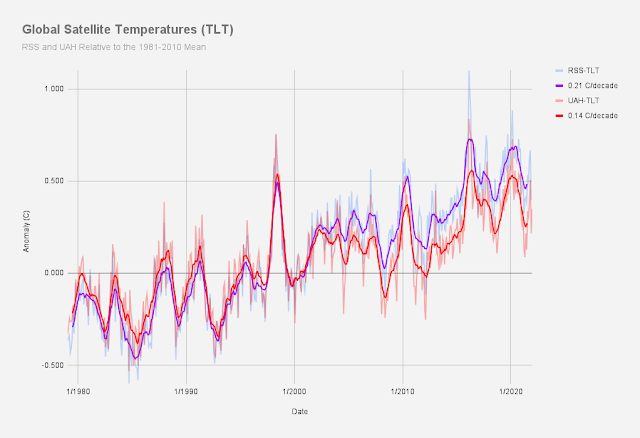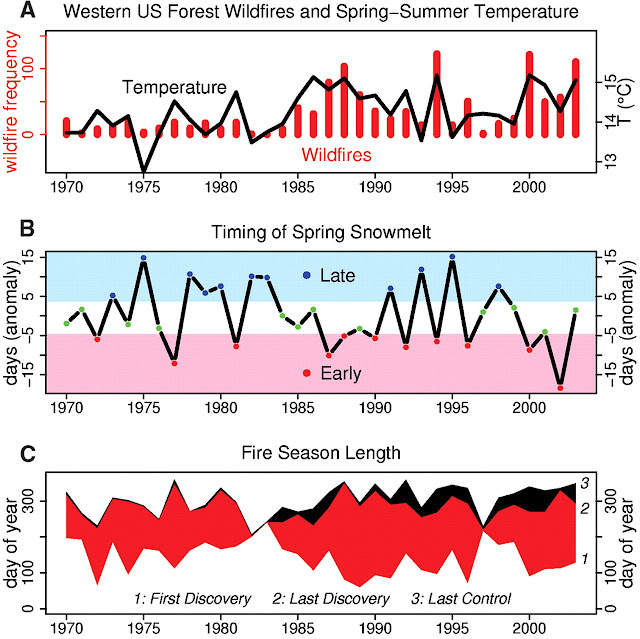Which Satellite Temperature Time Series is More Accurate?

RSSv.4.0 and UAHv.6.0 Satellite Temperatures In a previous post , I summarized the most important reasons why the instrumental record is more accurate than satellites, and I showed that there is far more disparity between satellite datasets than there are among GMST datasets. In this post, I'd like to examine the satellite datasets to see if we can say to what extent some are more accurate than others. There are several satellite datasets, but three (RSS, UW and NOAA) strongly agree with each other, while the dataset from UAH is the outlier of the four. Keep in mind that in general all four of these use the same satellites So for the sake of simplicity, I'm going to simply compare RSS and UAH. University of Alabama Huntsville (UAH) The UAH dataset is maintained by John Christy and Roy Spencer. For better or for worse, these scientists have strong disagreements with many of the conclusions of mainstream climate scientists. And at least in the opinion of many, perhaps not coinci...



